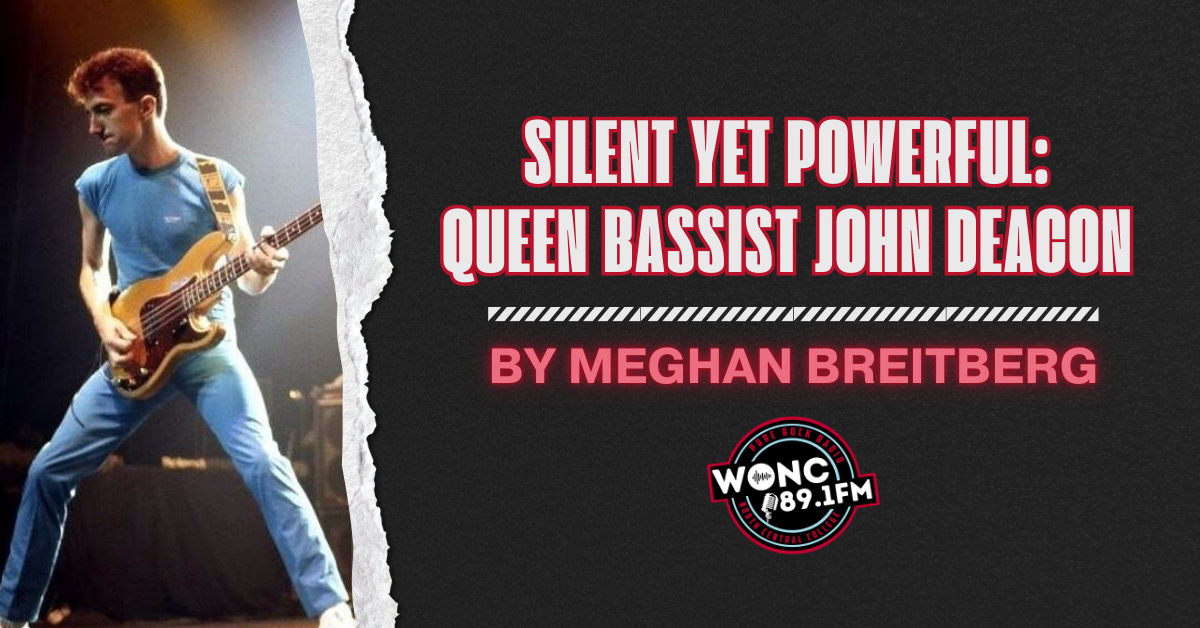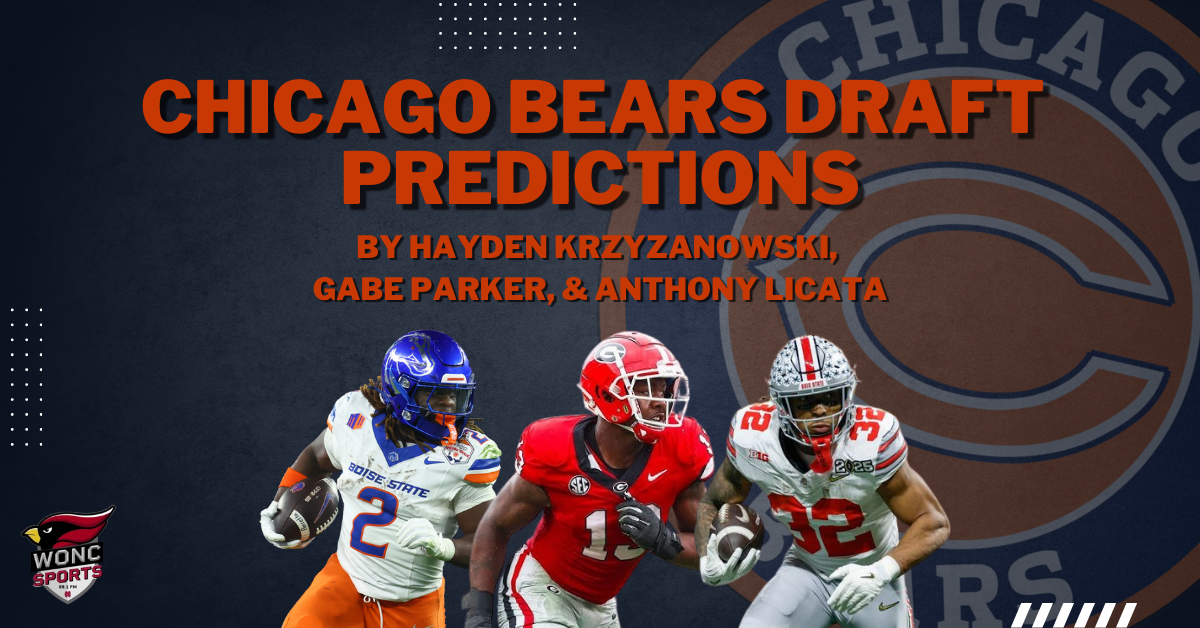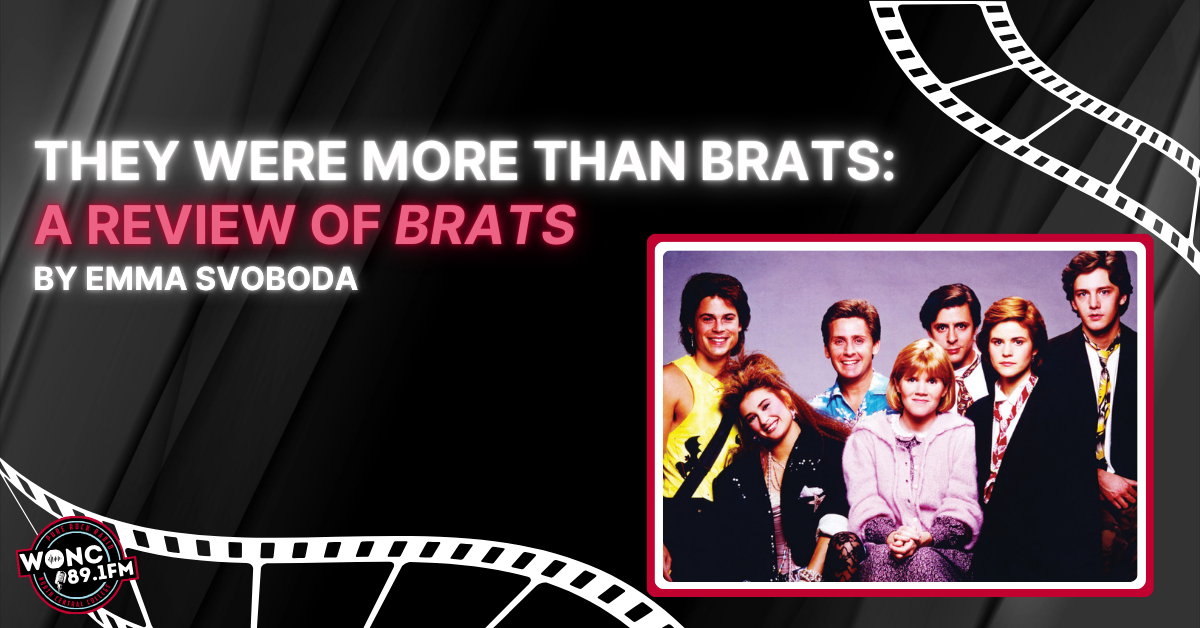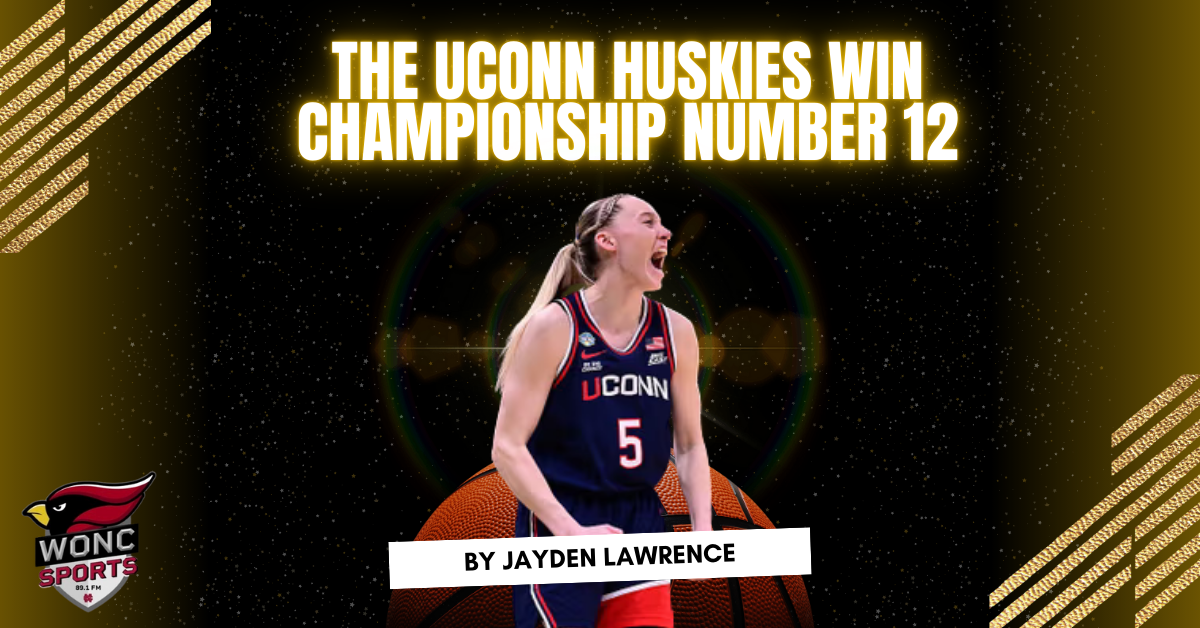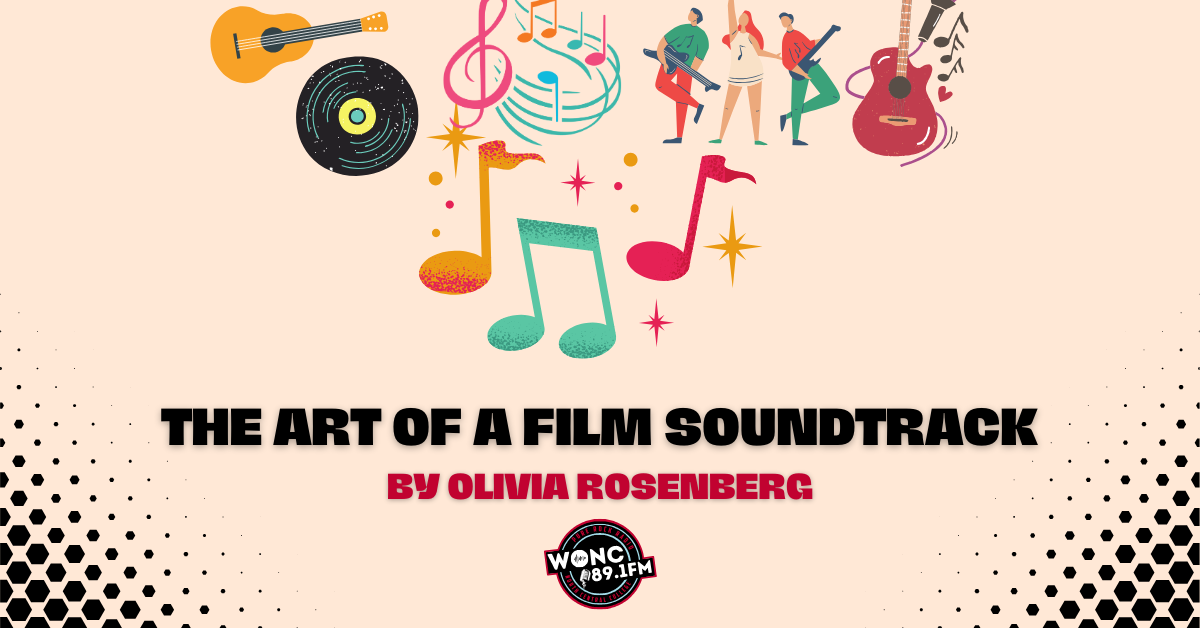by Jade Reynoso
Social media and streaming services have altered the music industry’s previous power structure over time. For musicians hoping to thrive in the industry it presents both new opportunities and challenges.
When it comes to deciding who would and wouldn’t make it, record companies used to have the majority of the power. Digital platforms now have nearly the same power as record labels, which also provides fans, or even “haters,” nearly the same influence. For artists, this means they’re now appealing to fans and the general public rather than record companies. After Universal Music Group’s library was removed from TikTok in January 2024, this change became much more obvious, leading to issues that were resolved in May. This situation raised awareness of the industry’s over-reliance on social media sites for artist promotion and music discovery.
With over 20,000 songs released every day, the rise of digital media has caused the market to be oversaturated. However, it’s also created numerous different avenues of success for artists, especially those with lower budgets. Artists are increasingly forced to make tough choices about creative compromise and career strategy because they are torn between fans’ demands and artistic authenticity.
The transformation has particularly affected how new artists build their careers. In this new system where social media has more power, two recent rising stars serve as examples of successful ascents to stardom. Using digital media strategically, Chappell Roan developed her career by performing live, including opening for Olivia Rodrigo and at festivals. Her breakthrough occurred at Coachella, when her commanding stage presence created natural social media attention that prioritized high-caliber performances above stage-manufactured viral moments.
The 14-year trajectory of Sabrina Carpenter from Disney Channel star to Taylor Swift’s Eras Tour opener shows the lasting importance of both internet presence and established industry connections. Her scientific approach to career development demonstrates that a more sustainable route to celebrity than viral moments alone may be achieved through careful career building combined with a smart internet presence.
New pressures have been brought forth by TikTok, as labels frequently postpone releases until songs acquire popularity on social media. A typical annoyance was expressed by singer Lizzy McAlpine: “I do not like having to play the TikTok game to get a song noticed.” Social media analytics frequently dictate traditional industry backing, demonstrating the platform’s influence beyond individual artists to influence decisions at the industry level.
Streaming services like Spotify have created new metrics for success, moving the focus from revenues to stream data and playlist placement. Although this shift has given independent musicians the chance to reach large audiences, it’s also brought up new demands. Nowadays, artists have to deal with intricate release plans that are intended to optimize streaming potential, frequently at the price of creative considerations.
The value of live performances has unexpectedly increased in the digital age. A good stage presence can generate organic social media interest, but festival and tour performances provide legitimacy that digital metrics alone can’t equal. Live performances have regained their relevance, suggesting that while distribution means have changed, crucial components of artist development have remained constant.
One important factor for long-term success is platform independence. Artists who build direct connections with fans while maintaining presence across multiple platforms often prove more resilient than those dependent on any single platform. This approach allows artists to weather platform-specific changes while building lasting fan relationships.
The most successful artists now combine strong live performances with strategic digital promotion while maintaining artistic authenticity. In an industry where old gatekeepers have lost their total control but still have a substantial influence alongside new digital arbiters of success, this hybrid approach has shown to be the most successful tactic. The basics of artist development—engaging live performances, real fan connections, and artistic growth—remain as important as ever, even while social media has opened up new avenues for exposure and audience interaction.


